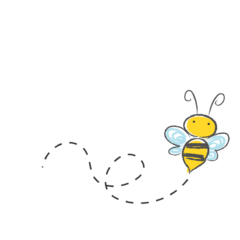Exploring Diverse Meditation Practices
It is not one size fits all to developing mindfulness or meditating. There are so many diverse meditation practices that offer ways to build more self-awareness beyond just sitting still on the floor in Lotus position Granted, it would be great to be someone who effortlessly sits in lotus position, meditating for an hour. But […]
Exploring Diverse Meditation Practices Read More »
